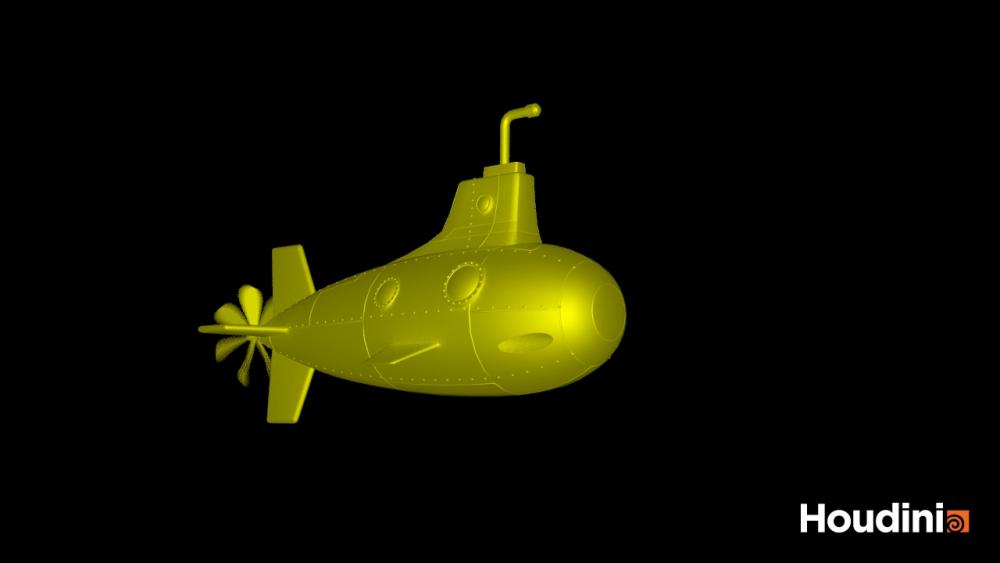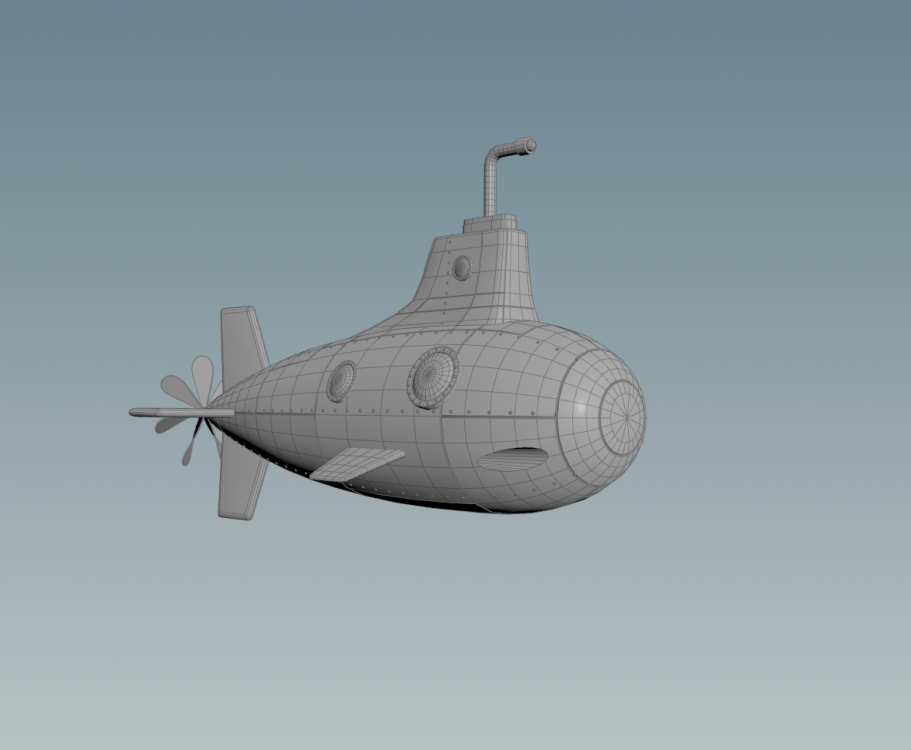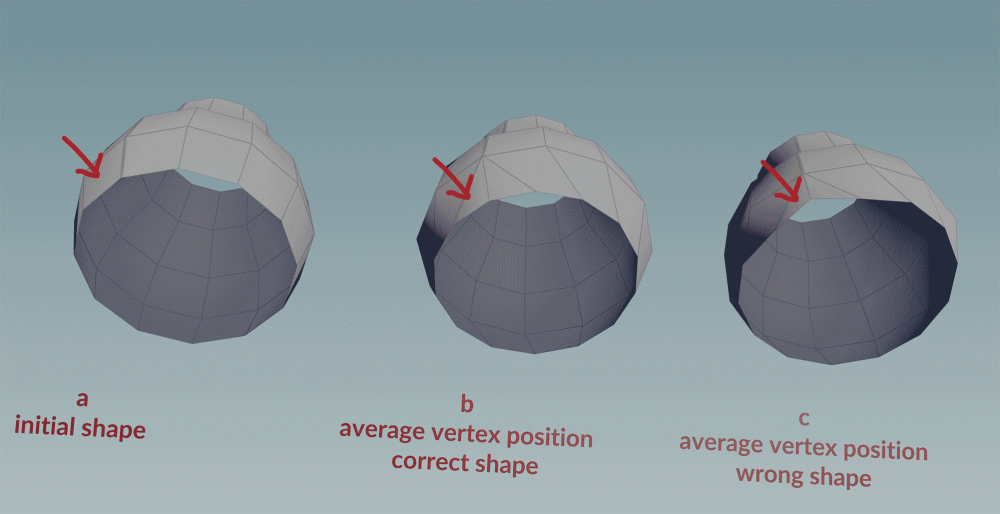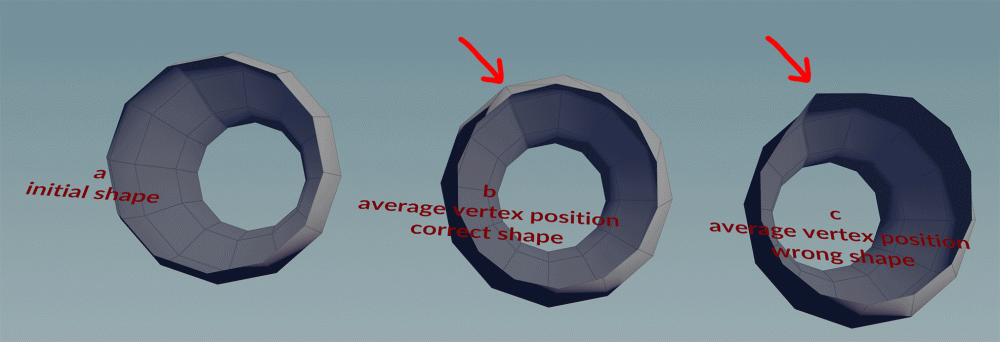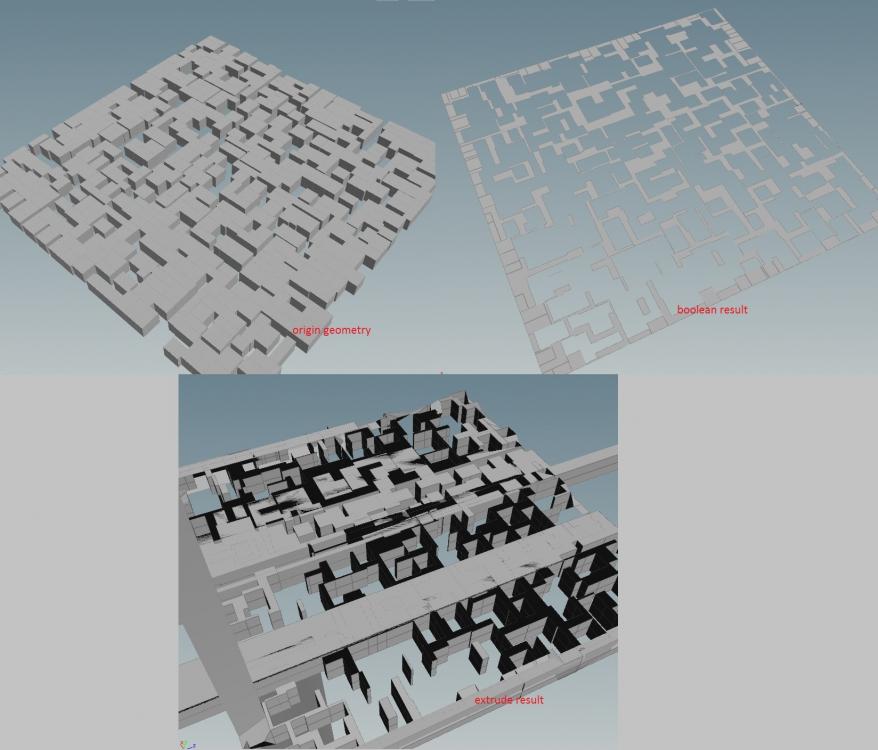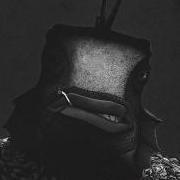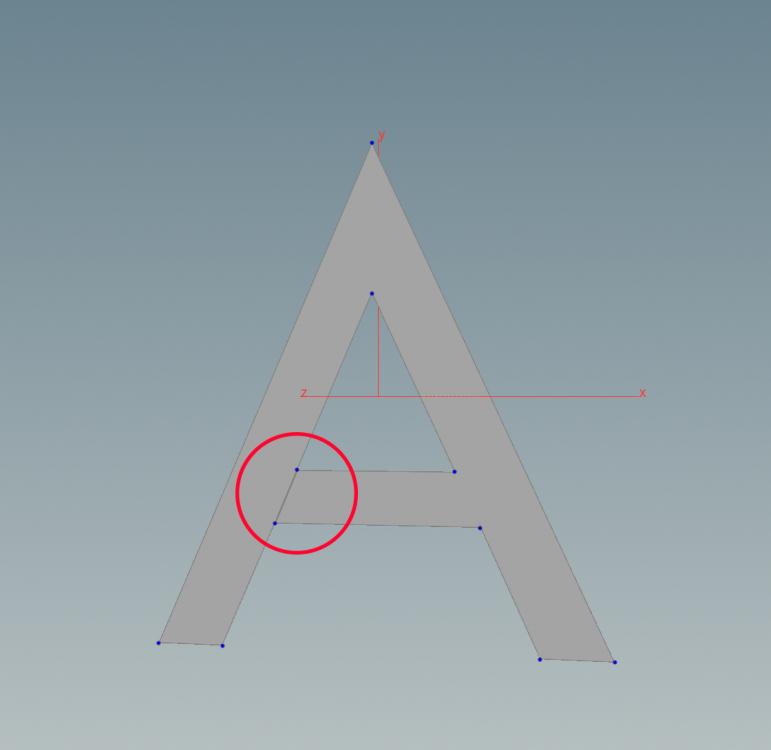Search the Community
Showing results for tags 'topology'.
-
After more than 5 months of unimaginable amount of work, I am proud to release my first in-depth Houdini course on VEX More details in the video description and the website. Active Patreon members will receive additional discounts proportional to their lifetime support (25% of their lifetime support). Message me on Patreon for your discount coupon. Enjoy! 01 - Introduction [Point Clouds] 02 - Introduction [pcopen() vs pcfind() vs nearpoints()] 03 - Introduction 04 - Implementation 05 - pcfilter() Implementation for pcfind() 06 - pgfind() 07 - pcfind_radius() 08 - Excluding the Current Point & Ad-Hoc Groups 09 - Finding Min & Max Neighbour Points [Unique Pair Matching] 10 - Concept 11 - Implementation [Camera Based Occlusion with Variable Pscale] 12 - Concept 13 - Implementation [Uniform Point Distribution Over Polygonal Surfaces [Point Relaxation]] 14 - Concept 15 - Implementation 16 - Decoupling Operators [Convolution Kernels] 17 - Introduction 18 - Border Handling [Connectivity & k-Depth Point Neighbours Using Edges] 19 - Introduction 20 - Concept 21 - Implementation [Connectivity & k-Depth Point Neighbours Using Primitives] 22 - Concept 23 - Implementation [Extending k-Depth Point Neighbours Using Edges] 24 - Introduction 25 - Concept 26 - Implementation [Extending k-Depth Point Neighbours Using Primitives] 27 - Concept 28 - Implementation [smoothstep() [Cubic Hermite Interpolation]] 29 - Concept 30 - Implementation [Shaping Functions] 31 - Introduction 32 - Implementation 33 - Blurring Attributes [Sharpening Attributes Using Unsharp Mask] 34 - Concept 35 - Implementation [Generalizing the Kernel Code to Handle All Attribute Types] 36 - Concept 37 - Implementation [Attribute Gradient] 38 - Introduction 39 - Concept 40 - Implementation [Gradient Ascent & Descent] 41 - Planar Geometry - Introduction 42 - Planar Geometry - Concept 43 - Planar Geometry - Implementation 44 - 3D Geometry [Contour Lines] 45 - Introduction 46 - Concept 47 - Implementation 48 - Heightfields [Geometric Advection - Orthogonalization & Flowlines] 49 - Introduction 50 - Concept 51 - Implementation [Clustering & Quadtrees] 52 - Concept 53 - Implementation [Adaptive Subdivision] 54 - Introduction 55 - Implementation 56 - Hashing [Adaptive Subdivision] 57 - Improving OpenSubdiv Catmull-Clark Subdivision Surfaces Algorithm 58 - Half-Edges [Adaptive Subdivision] [Aggressive Performance Optimizations] 59 - Eliminating Groups 60 - Custom Fusing In VEX 61 - Recreating Proximity Structures In VEX 62 - Get Unshared Edges In VEX 63 - Final Optimizations [Limit Surface Sampling] 64 - Introduction 65 - OpenSubdiv Patches 66 - Moving Points to the Subdivision Limit Surface 67 - Scattering Points on the Subdivision Limit Surface 68 - Generating a Point Cloud on the Subdivision Limit Surface 69 - Pre-Generating a Point Cloud on the Subdivision Limit Surface 70 - Creating Isolines on the Subdivision Limit Surface [Adaptive Subdivision] 71 - Computing Surface Normals from the Subdivision Limit Surface [Custom Subdivision Surfaces] [Splitting Edges [Edge Divide]] 72 - Concept 73 - Converting Edges to Primitives 74 - Creating New Edge Points [Rebuilding Polygons] 75 - Concept 76 - Implementation 77 - Preserving & Interpolating Attributes 78 - Multithreading by Connectivity 79 - C++ vs VEX 80 - Preserving Groups 81 - Final Optimizations [Implementing Bilinear Subdivision] 82 - Introduction 83 - Concept 84 - Modeling Test Geometry 85 - Starting from Edge Divide 86 - Creating New Face Points 87 - Creating New Edge Points [Creating New Closed Polygons] 88 - Concept 89 - Implementation [Creating New Open Polygons] 90 - Concept 91 - Implementation 92 - Preserving Primitive Groups & Interpolating Primitive Attributes [Preserving Vertex Groups & Interpolating Vertex Attributes for Closed Polygons] 93 - Concept 94 - Implementation 95 - Preserving Vertex Groups & Interpolating Vertex Attributes for Open Polygons 96 - Implementing Iterations 97 - Preserving Literal Groups 98 - Creating Neighbour Primitives 99 - Final Changes 100 - Testing On Complex Geometry [Implementing Catmull-Clark Subdivision] 101 - Introduction [Closed Surfaces] 102 - Rules [Gathering Edge & Face Points] 103 - Concept 104 - Implementation [Computing Weights for New Edge Points] 105 - Concept 106 - Implementation [Computing Weights for Original Points] 107 - Concept 108 - Implementation [Attribute Interpolation] 109 - Concept 110 - Implementation [Boundary Interpolation Rules for New Edge Points] 111 - Concept 112 - Implementation [Boundary Interpolation Rules for Original Points] 113 - Concept 114 - Implementation 115 - Open Surfaces - Handling Corner Points 116 - Handling Non-Manifold Topology [Open Polygons] [Computing Weights for Original Points] 117 - Reverse Engineering OpenSubdiv 118 - Implementation [Computing Weights for New Edge Points] 119 - Reverse Engineering OpenSubdiv 120 - Implementation 121 - Handling Open Polygonal Curves [Handling Mixed Topology] 122 - Full Geometry 123 - Sub-Geometry 124 - Testing On Complex Geometry [Performance] 125 - Profiling [Grouping Boundary Edges from Primitive Group] 126 - Concept 127 - Implementation 128 - VEX vs C++ [Caustics] 129 - Introduction 130 - Sea Caustics 131 - Pool Caustics [Enhancing Gradient Ascent, Descent & Contour Lines] 132 - Introduction 133 - Implementation 134 - Tracing Both Directions [Updating Distances Properly] 135 - Concept 136 - Implementation 137 - Looping Streamlines Problem 138 - Adding Trace Parameter [Evenly Spaced Gradient Ascent, Descent & Contour Lines] 139 - Introduction 140 - White Paper 141 - Concept 142 - Constructing the For Loop Network 143 - Improving Seed Points Selection for Tighter Packing 144 - Implementing Separation [Enforcing Separation Using Self Proximity] 145 - Concept 146 - Implementation 147 - Optimization 148 - Final Tweak 149 - Applying to 3D Geometry [Custom Subdivision Surfaces] [Extreme Performance Optimizations] 150 - Introduction 151 - Establishing Baseline for Performance 152 - Updating Attribute Interpolate Nodes 153 - Interpolation vs Copying 154 - Optimizing Input Group 155 - Caching Geometry Data 156 - pointedge vs pointhedge 157 - Getting Primitives from Half Edges 158 - Eliminating Edge Groups 159 - Parallelizing Geometry Creation for New Primitives [Unrolling Loops] 160 - Parallelizing Geometry Creation for New Edge Primitives [Unrolling Loops] 161 - Finalizing the Network 162 - Performance Profiling the Latest Version 163 - Conclusion
- 54 replies
-
- 15
-

-

-
Hello! So I have been working on a project and I have a submarine with a lot of booleans etc and some of the topology isn't perfect. I can render in Mantra and it comes out looking perfect, but in Karma, the exact same geo looks like garbage. You can see a lot of issues in the mesh. What is the difference in the way Manta vs Karma is handling the geometry. I want to render the project in Karma but not if I can't get to the bottom of this issue. I've attached screenshots. ^^ Mantra render, perfect smoothing Karma render hard edges on front of sub and at boolean torpedo tubes and on top front of tower
-
The result I want is: Average vertex positions while maintaining the correct shape. When using edgeequalize node, the shape is destroyed. Maybe there are other solutions, would you like to tell me? Pay attention to the contents of the attachment thank you all edgeequalize.hipnc
-
-
Hello, community! Is it possible to stick UV to deforming topology of an object? I have a growing geometry made with solver and vdb advect. Then I convert vdb to polygons and my UV start floating through geometry. Triplanar also fails to fix it. Number of points is changing constantly and I wonder if there is some technique to make them keep the UV?
-
Is there any "real" attribute in a mesh that defines how vertex UVs are connected together? Or is it only implicit, so if two vertex UVs have the same position, they are considered merged? For contrast, in Maya a UV set is considered its own pseudo mesh, with the same UV point connecting to multiple face vertices, its own distinct topology buffers etc.
-
Hi, I am new to Houdini and cannot solve this problem: I created two open circle objects (circle > sweep > merge). The dimensions are identical. I want to combine them and then bevel the edges. It looks fine before I apply the polybevel (Image: Polybevel_01.1 and 01.2), but with the polybevel applied, the result looks broken (Polybevel_2.1 and 02.2). It makes no difference if I merge the objects, or if I use a boolean node. Can anyone help me with this? Thanks
-
Hello guys, I'm about to start a project thats will have a few assets incoming with rugged topology. in order to get an good flow with the given geometry, i could use an zremesh in zbrush, then export etc etc also this workflow definetly would demand an costly time,and probably endless loop in those process. I'm trying to come up with approach using Houdini and his powerful procedural workflow. Until now i found an very few approach to this(and not sure if its is outdated) i came with those guys who develop in interesting tool for this case. https://exoside.com/quadremesher/ . Althought it look like an promising tool, we cannot afford it. any sugestion or tips to get an zremesh tool inside Houdini.
-
I'm having problems with performing the initial Voronoi fracture with the attached piece of geometry. I'm guessing the problem has to do with either the object being made up of tri's or not having a base face. Any ideas ?
- 3 replies
-
- rigidbodys
- fracturing
-
(and 2 more)
Tagged with:
-
I came across some really interesting procedural hard-surface topology here: https://www.instagram.com/mglhs_com/ He's definitely using Houdini for the workflow as seen in this post - I've been trying to figure out a workflow to generate fractures with workable topology but without success. When I try to push the boolean SOP with outputs from fracture SOPs anywhere near the kind of detail/shapes he's getting the geometry totally breaks down. It doesn't look like he's using any VDB workflow, based on the video it looks like it's purely mesh-based. Is anyone here able to get a better read on the approach he's using to get those kinds of clean fractures, gaps, and mesh separation?
- 1 reply
-
- generative
- procedural
-
(and 3 more)
Tagged with:
-
Hello Shortly: How to update cloth every frame based on changing topology? I'm trying to make cloth burn effect using spreading attribute to delete polygons, however I can't get the cloth to update simulation every frame based on deleted polygons. I've been trying to use multi solver for that. Everything is fine untill the very moment when the polygons are being deleted, the simulation of the cloth stops, and the only thing that is happening is the deleteing of polygons. I've found a thread from a few years back of someone who has been doing the same effect, with the same problem, but the answear that seemed to work for him doesn't do it in my case, here is the link to that old topic: link. I also attatch the .hip file of my set up, I added some notes so it would be clearer. I've spent a lot of time playing with diffrent options of the multi solver and sop sop solver but I'm stuck. Any help would be greatly appriciated. 02_cloth_tear_prob.hiplc
-
Hi people! Please tell me how to properly fix the topology. After using the boolean operation I'm getting a problem with the topology. What should I do to apply extruding correct after boolean operation. I tried use the sop Clean and sop PolyDoctor, this did not work. Thank you! topology_repair.hipnc
-
Hello guys, I found a lot of topics on this and no one seems to solve the issue but i think it might not be impossible I have this ripping cloth with and extrude node at the end, so it's changing it's point count and consequentelly every point number is also changing. Is there a way to add a unique and persistent ID to every point, creating new IDs for the new ones? Odforce.id.hiplc
- 4 replies
-
- topology
- persistent
-
(and 1 more)
Tagged with:
-
Hi, I have a simulation and I want to filter points position after simulation is finished to remove jitter. But during simulation I am deleting geometry which is not visible (so that simulation runs quicker). So I cannot filter P attribute based on ptnum. Is there some option to run chops by id attribute like in Trail node Attribute to match? So that if point does not exist his value will be set to 0 or last available value instead of using attributes of another point. Thanks, Juraj


